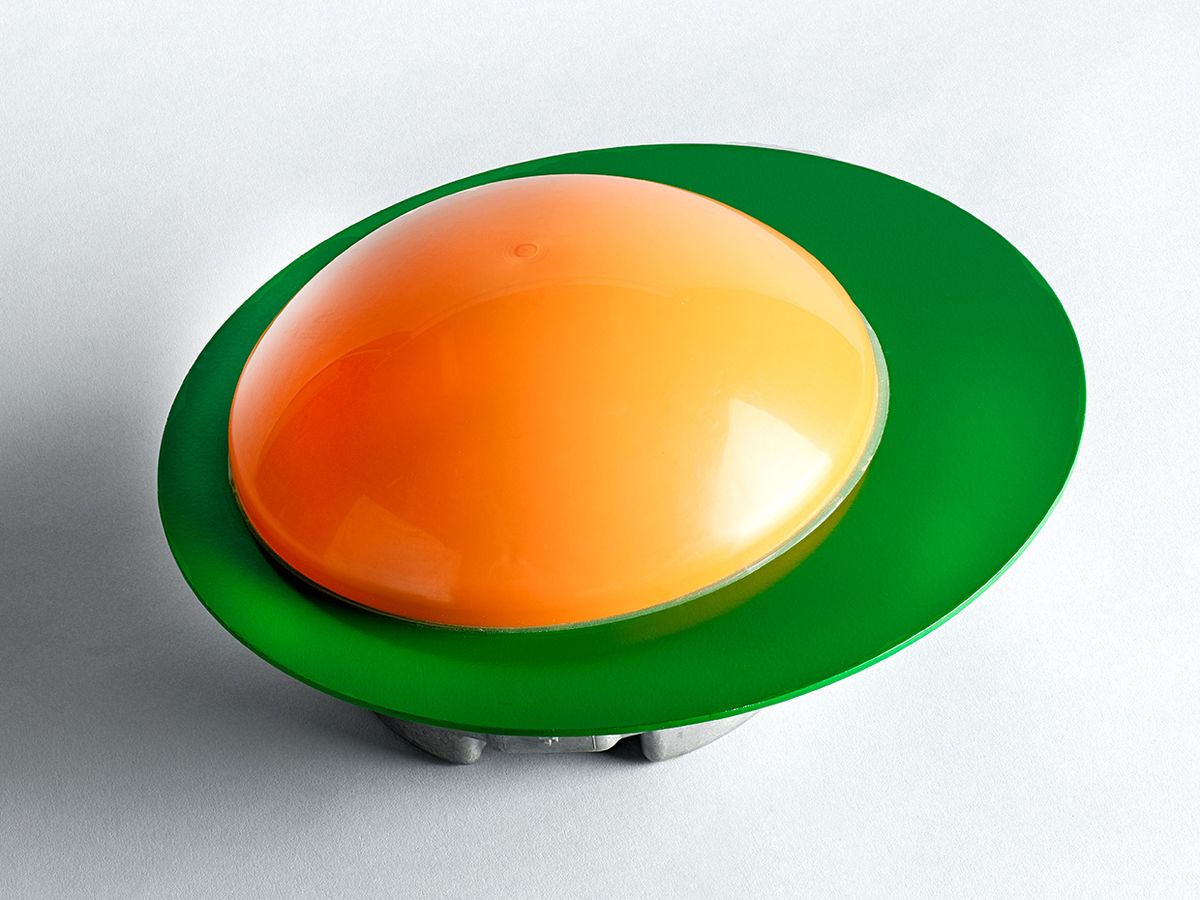In the early 19th century, a blacksmith named John Deere moved from Vermont to Illinois, where he noticed that the farmers were having trouble. The sticky prairie soil accumulated on their traditional iron plows, forcing them to stop frequently to clean the blades.
Deere had an idea, and in 1837 he introduced his “self-scouring” steel plow. The blade cut through the tough, root-filled earth, and its curved shape allowed the soil to turn over. Deere’s invention became known as “the plow that broke the plains” and helped transform the Midwest into fertile farmland. His eponymous company became the largest plow manufacturer in the world.
Fast forward to 1994, and John Deere’s Precision Farming group, in Moline, Illinois, was starting to explore a new concept in farming known as precision agriculture. Still in its infancy, precision agriculture had attracted the attention of a number of technology companies.
Rockwell International Corp., better known as a defense contractor, developed one of the first precision-agriculture applications. The Global Positioning System that precision agriculture relied on was primarily a military constellation, and Rockwell used its knowledge of military satellites to design its Vision System. Introduced in 1995, the system created detailed field maps. According to a report in the Los Angeles Times, the system’s computer attached to a combine and recorded the volume of crops harvested and paired those numbers with location data. The resulting map revealed which plots of land were more productive than others. Farmers could follow up with field tests to determine soil composition and apply targeted levels of fertilizer and insecticide the following planting season.
But after an initial flurry of adoption, farmers’ interest in precision agriculture began to plateau, for a host of reasons—the equipment came with a steep learning curve, technical support was lacking, systems were buggy and expensive. Rockwell joined other companies exiting the field just as John Deere was ramping up its R&D.
Deere engineers knew they had to solve the problem that had defied their competitors: What was the killer app that would justify the cost of precision agriculture and make farmers want to use it? As the company’s founder had done before them, they decided that better plowing was the answer.
When plowing a field without GPS, a farmer typically had almost one meter of overlap between rows. Reducing that overlap would mean spending significantly less time in the field and also using less fertilizer. Deere engineers partnered with engineers at Stanford University to develop an autonomous tractor controlled by GPS. Despite some successful demonstrations under idealized conditions, it was clear that they needed a GPS system that was more accurate and easier to use.
Back to the drawing board.
Deere then worked with NASA’s Jet Propulsion Laboratory and NavCom Technology (now a Deere subsidiary) on a better GPS system. The result was Deere’s first GPS receiver, which also worked with other regional constellations of positioning satellites. The 1996 version, shown above, was affectionately nicknamed Green Eggs and Ham. Designed to be mounted on top of a tractor’s cab, it carried a GPS antenna as well as a C-band antenna that used signals from regional base stations to correct the GPS readings. At the time, the U.S. government still intentionally degraded GPS signals intended for civilian use, a practice it eventually abandoned in May 2000. While competing products also did some GPS correction, the Deere receiver was more accurate because it corrected the signals coming from each GPS satellite.
Both antennas were housed under the yellow “yolk.” The device connected to the displays and mapping system inside the cab. In addition to being accurate, the unit had to be rugged, able to withstand lousy weather, temperatures from –20° to 45° C, vehicle vibration, and occasional incursions from rodents, birds, and other creatures.

Meanwhile, Deere engineers continued to work on AutoTrac, their autonomous tractor. They embedded in the second-generation StarFire the ability to link up with a Terrain Compensation Module, which allowed the tractor’s GPS system to follow the contours of the ground and trace a line exactly parallel to the tractor’s previous path. AutoTrac launched as a commercial product in 2002.
Today, the combination of more accurate GPS and autonomous vehicle control has made precision farming economical, at least for large farms. Self-guided systems now farm approximately 60 to 70 percent of the crop acreage in North America, 30 to 50 percent in Europe, and more than 90 percent in Australia.
John Deere’s Green Eggs and Ham GPS receiver is on display until June 2018 at the National Museum of American History in Washington, D.C., as part of the Precision Farming show.
An abridged version of this article appears in the March 2018 print issue as “Plowing With Precision.”
Part of a continuing serieslooking at photographs of historical artifacts that embrace the boundless potential of technology.
This article was corrected on 9 April 2020 and 23 March 2018.
About the Author
Allison Marsh is an associate professor of history at the University of South Carolina and codirector of the Ann Johnson Institute for Science, Technology & Society there.
